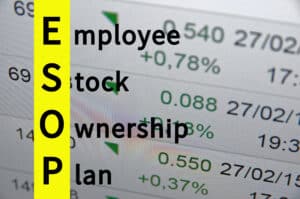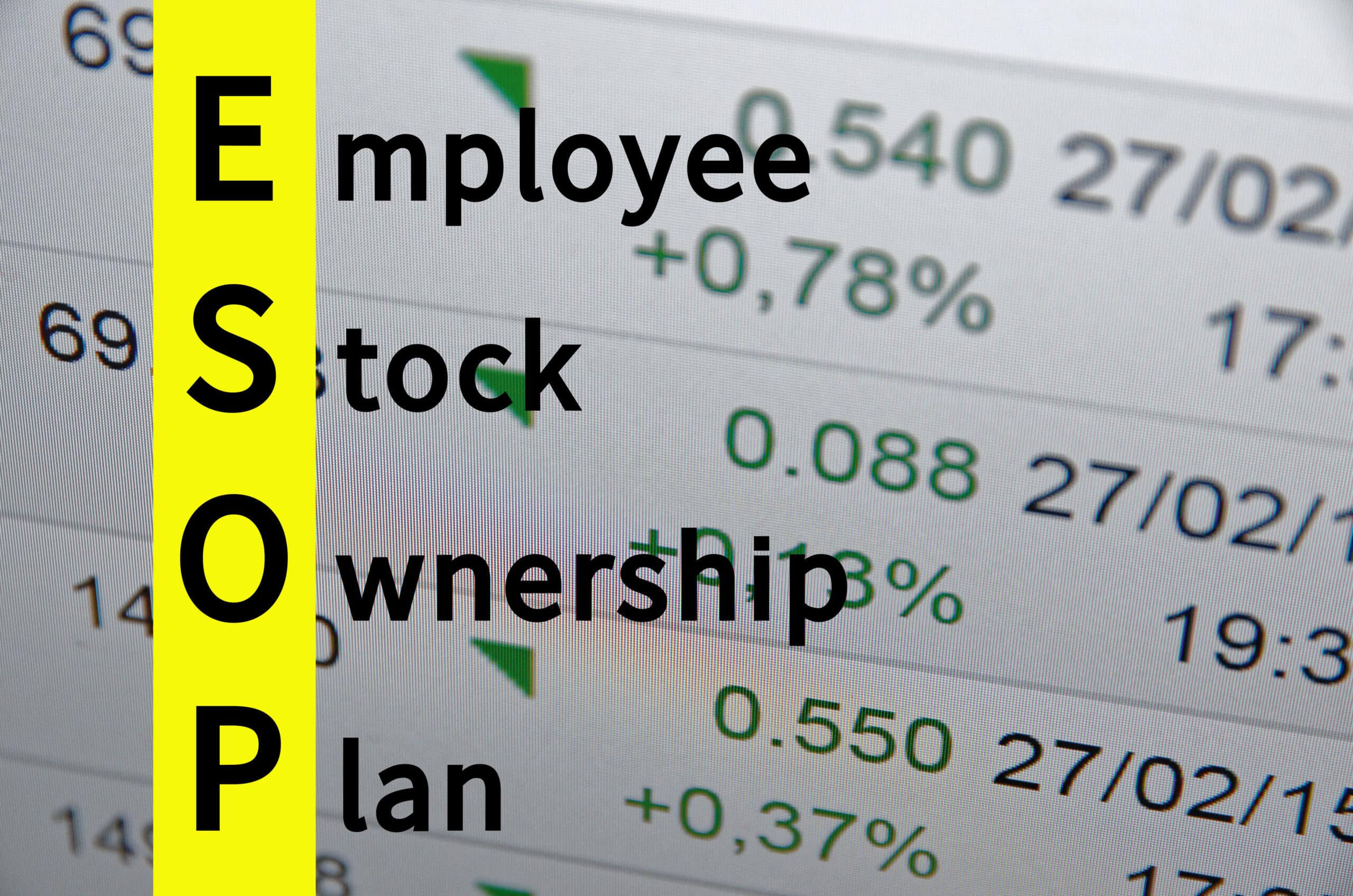
Interview with Carla Klingler, Vice President, Swerdlin & Company
Kevin: We’re meeting today with Carla Klingler, Client Relations specialist of Swerdlin & Company, a third-party administrator based in Atlanta. Carla is a recognized industry expert on retirement plans. Today, she will be sharing with us the basics of an Employee Stock Ownership Plan, also known as an ESOP.
Welcome, Carla, and thank you for joining us.
Carla: Thanks for inviting me.
Kevin: Can you tell us a bit about your firm and your background?
Carla: We are a 3rd party administration firm (known in the retirement industry as a TPA) and ERISA Consulting firm. We provide consulting, recordkeeping, and compliance services for all types of retirement plans and we specialize in business transitions using Employee Stock Ownership Plans (ESOPs).
Kevin: There is a good deal of literature about ESOPs from various organizations. They seem complicated but also appear to offer a good number of benefits to both owners and employees. What is an ESOP?
Carla: An ESOP is an employee benefit plan which owns the stock of the company for the benefit of the employees. It is often seen as a great motivating tool for employees to work hard, be more productive, and share in the wealth of a growing company. For companies, it can become a method of lowering tax burdens. For owners, it provides a means to sell their interest often at a great tax advantage and on their own timeframe.
Kevin: What are some specific advantages of an ESOP?
Carla: An ESOP is the only business transition tool that allows an owner to sell their interest in their company gradually over time or all at once (as in a traditional sale to a third party).
For an owner, it can be a great way of ensuring a smooth transition to the next generation of managers, whether that be the next generation of family members or a trusted management team.
It also can provide significant tax savings to the owner and the company as well as being a unique employee motivator and value driver.
Kevin: Can you tell us more about the benefit?
Carla: The Employee Ownership Foundation recently tracks economic performance of esop companies. Over the last 23 years, 76% of survey respondents said their esop improved the overall productivity of the employee owners. 70% reported revenues increased and 64% stated profits rose. 93% agreed creating an esop was “a good business decision that has helped the company”.
Kevin: How can it help companies with their taxes?
Carla: Contributions to esops are tax deductible. There are limits as there are with most plans. If an esop is leveraged, the deductibility is even higher.
Kevin: How can an ESOP be leveraged?
Carla: The esop or its corporate sponsor borrows money from a bank or other qualified lender. The company usually gives the lender a guarantee that it will make contributions so the trust can pay back the loan. A company which repays an esop loan gets to deduct principal as well as interest from taxes. Dividends paid on esop stock passed through to employees or used to repay the esop loan are also tax deductible if the sponsor is a C corporation.
Kevin: What other ways can an ESOP save a company taxes?
Carla: A huge advantage to having an esop in an s-corporation (where profits are passed through to the shareholders via a K-1) is that the ownership % owned by the esop trust is tax free. The esop trust is a tax-exempt entity; therefore, no tax is due on the esop’s share of the sponsor’s income. In a 100% esop owned s-corporation, there are no corporate taxes due.
Taxes are paid when esop participants receive a distribution from the retirement plan with the same tax advantages and rollover opportunities to the employee that are available on distributions from all other types of qualified retirement plans like 401(k)s.
Kevin: What can an ESOP do for an owner?
Carla: Owners of closely held C corporations can sell their stock to the esop and defer federal income taxes on the gain from the stock sale. The esop must own at least 30% of the company’s stock immediately after the sale and the seller must reinvest the proceeds in securities of domestic operating companies within either three months before the sale or twelve months after the sale. There are some other restrictions. In a nutshell, the seller can cash out fully or partially tax free. Not until the securities he or she bought with the sale proceeds are sold are any federal taxes payable.
Kevin: Thanks, Carla for your time. If readers have any questions, how can they contact you?
Carla: You can reach me at cklingler@swerdlin.net or call (678) 775-5506.

